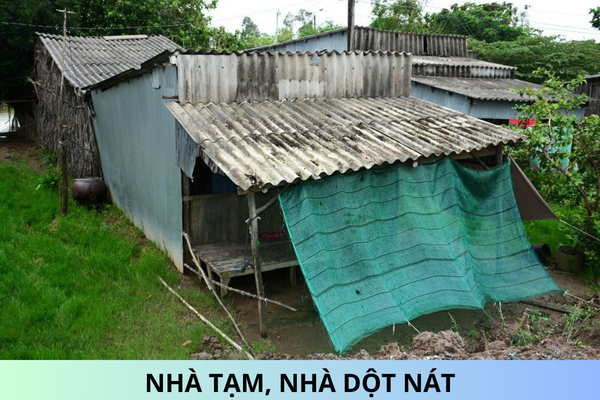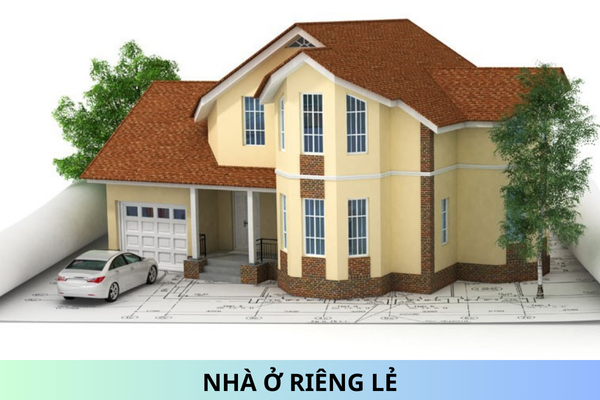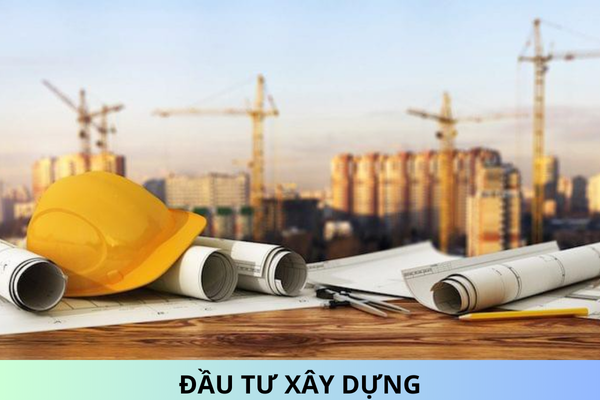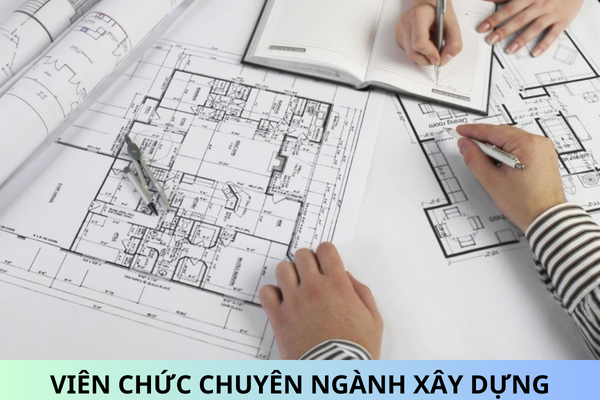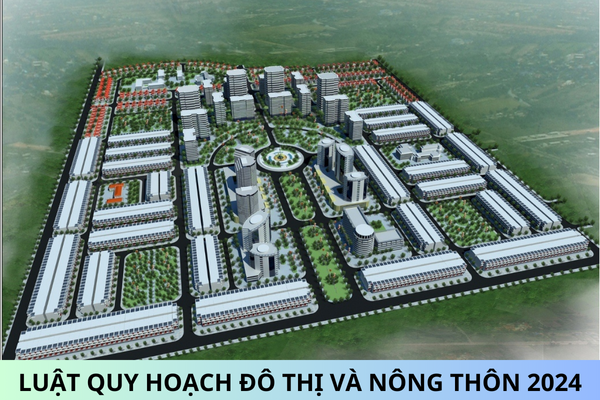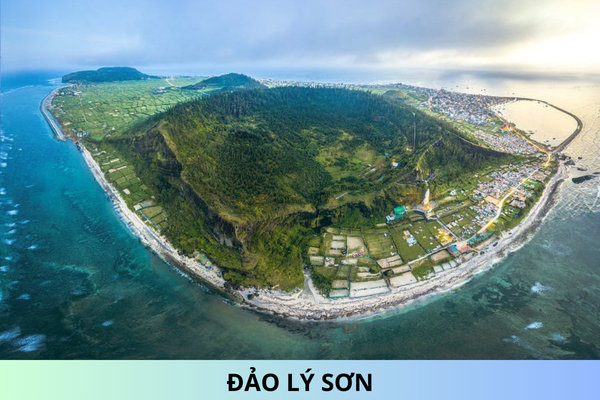What are standards before carrying out excavation and backfilling at construction to ensure safety at construction site in Vietnam?
What are standards before carrying out excavation and backfilling at construction to ensure safety at construction site in Vietnam? What are standards of surfaces of the excavation in order to ensure safety at the construction site in Vietnam?
What are standards before carrying out excavation and backfilling at construction to ensure safety at construction site in Vietnam?
At Subsection 2.8.2.1 Section 2.8.2 Subsection 2.8 Section 2 National technical regulation on safety in construction QCVN 18:2021/BXD promulgated together with Circular 16/2021/TT-BXD. Before carrying out excavation and backfilling of soil and rock at the construction site in order to ensure safety at the construction site as follows:
2.8.2.1 Before excavation and backfilling at the construction site:
a) The work to be done to dig soil and rock must be planned and have construction methods, measures to handle incidents (for example: collapse of excavation pit, structure adjacent to excavation pit, landslide of mass embankment, electric shock, fire and other incidents) and specific rescue measures;
NOTE: Measures for construction, incident handling and rescue are made by the contractor and must be checked and approved in accordance with the provisions of the construction law and other relevant specialized laws.
b) The stability of the rock foundation must be assessed and confirmed by a competent person;
Note 1 to entry: The stability of the rock foundation is evaluated according to the criteria specified in the design specifications and/or standards applicable to the project.
Note 2 to entry: Competent persons include the construction manager of the contractor and the construction supervisor of the investor (or EPC general contractor) and the designer or design contractor (in the case of actual nature or condition is different from the original design regulations and assumptions).
c) The competent person (see point b of 2.8.2.1) must check to ensure that the excavation and backfilling work does not affect the works, technical infrastructure systems and roads in the construction area and surrounding areas;
d) The investor and the employer must determine the specific locations of technical infrastructure systems that may be dangerous during construction such as underground sewers, gas pipes, water pipes, power lines, etc. electrical conduits and other underground systems;
dd) In necessary cases to prevent danger during construction, to disconnect or disconnect gas, water, electricity or other related utilities;
e) In the case of underground pipes, power lines and other underground systems that cannot be moved or cannot be disconnected, they must be fenced off or hung up high and have adequate warning markings or take protective measures to ensure safety;
g) The location of temporary bridges, temporary roads and piles of soil, rock and waste must be specified;
h) Trees, rocks and other obstructions on the excavation or embankment site, which may cause danger to people during construction, must be cleared;
i) Employers must check and confirm that the construction site is not contaminated with hazardous gases, chemicals or waste materials at a level that may cause adverse health effects (seeat 2.18);
k) The excavation of soil and rock inside tunnels, tunnels or other underground works must comply with the provisions of 2.8.3.
What are standards of surfaces of the excavation in order to ensure safety at the construction site in Vietnam?
At Subsection 2.8.2.2 Section 2.8.2 Subsection 2.8 Section 2 National technical regulation on safety in construction QCVN 18:2021/BXD promulgated together with Circular 16/2021/TT-BXD. The surfaces of the excavation pits for safety at the construction site are as follows:
2.8.2.2 The surfaces of the excavation shall be thoroughly examined in the following cases:
a) Daily, before each shift and after stopping work more than 24 hours ;
b) After the blasting operation;
c) After the soil and rock are suddenly eroded or collapsed ;
d) After the urban infrastructure is damaged or deformed beyond the allowable level ;
dd) After heavy rain or flooding ; frost or snow;
e) When digging encountered large rocks.
2.8.2.3 If the prepared and approved construction measure does not stipulate the use of the IC or other measures to prevent collapse of the excavation wall, the employer must control to ensure that there are no loads. (due to materials, equipment, trees and other objects) or vehicles, machinery, and construction equipment moving or lying near the edge of the excavation pits, positions likely to cause landslides, collapse or fall down the dug hole.
2.8.2.4 Barriers (e.g. concrete blocks) shall be provided to block and (or) a solid, suitable barrier to prevent objects from falling into the excavation. Vehicles, machinery and large construction equipment are not allowed to park near the excavation unless the design of supporting the excavation has taken this into consideration.
2.8.2.5 During the excavation process, if detecting signs of danger of causing unsafety to the structures above (who are working), the necessary measures must be taken immediately to ensure safe results of that structure.
NOTE: Structures adjacent to or above the excavation must be regularly monitored and monitored for safety control.
2.8.2.6 The movement of soil and rock in the excavation wall (where workers have to face the danger directly) must be controlled and ensured by measures such as sloping into the excavation pit, using an urban construction site, and having equipment movable shielding or other necessary measures depending on the characteristics and condition of the soil and rock in the excavation wall.
2.8.2.7 Urban structures must be inspected regularly according to the provisions of 2.3 and take measures to ensure that the struts, wedges and other components are in solid condition and do not have excessive displacement or deformation allowable or unstable level.
2.8.2.8 During the process of backfilling, if detecting unsafe signs of structures used to block or support the embanked rock mass, necessary measures must be taken immediately to ensure the safety of the structure; must regularly monitor the surface of the embanked soil and rock mass to identify the risk of landslides and take appropriate safety measures, especially before the risks of tilting and falling construction machinery and equipment when working.
2.8.2.9 Wooden structures and structures must be checked regularly and take measures to ensure that they are not rotten, termite, or damp, or excessively bent or warped.
Best Regards!
